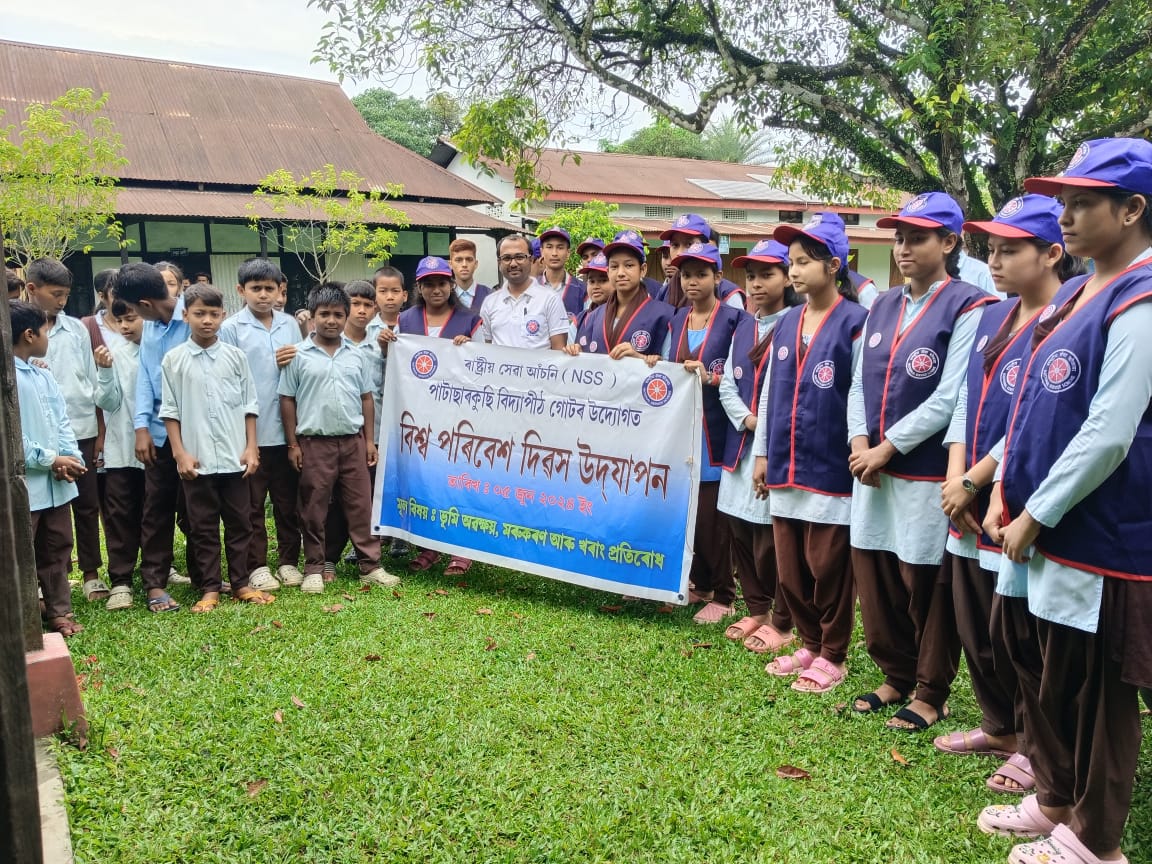skip to main (ir a principal) |
skip to sidebar (ir al sidebar)

Header Background Image. Ideal width 1600px with.

Background image. Ideal width 1600px with.





Header Background

Header Background Image. Ideal width 1600px with.
Patacharkuchi Vidyapith HS School
Menu based on Icons
About the School
This school is one of the oldest school found in Barpeta, Assam, established on 1935 by two social workers, Late Harendra Nath Sarma and Late Hareshwar Dev Choudhury. In the year 1960 they started the Higher Secondary section with four streams - Science, Arts, Commerce and Vocational. After the H. S. addition, the school become combination of 3 major section school, e.g. Upper Primary section, High School section and Higher Secondary section, and thus offering quality education from 6th to 12th standard.
Section Background

Background image. Ideal width 1600px with.
Principal
Contact us-desc:Feel free to contact us at anytime about our courses and tutorials.
Section Background

Latest video
Photo Gallery




Blog
-
This school is one of the oldest school found in Barpeta, Assam, established on 1935 by two social workers, Late Harendr...
-
School Name: Patacharkuchi Vidyapith Higher Secondary School Address: P.O.: Patacharkuchi, District - Barpeta State: Assa...
Copyright © 2020
Patacharkuchi Vidyapith HS School.





